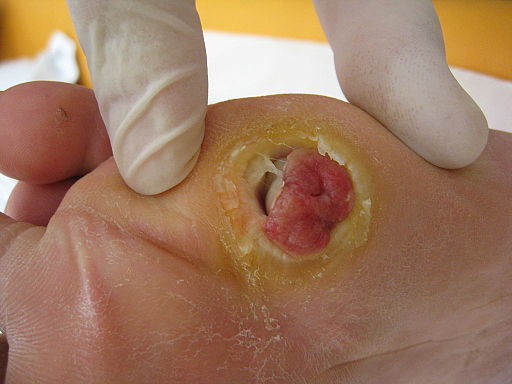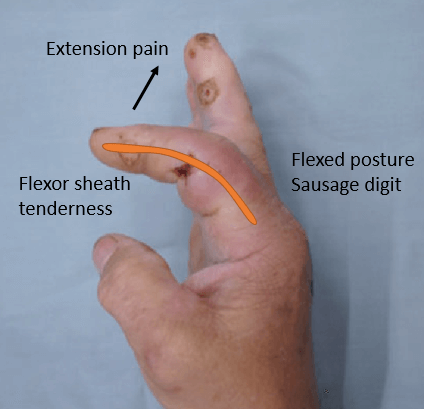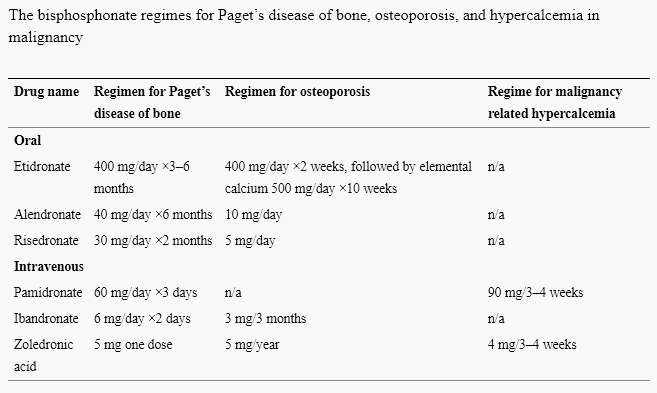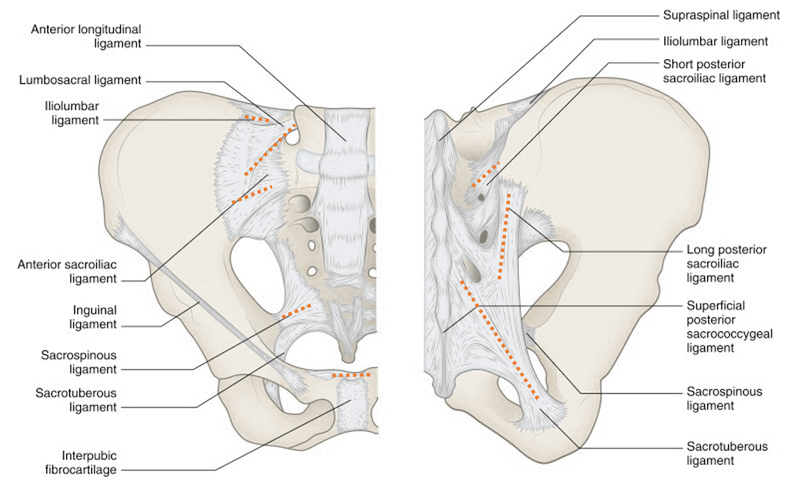Inherent stability of the pelvis is provided by ligaments. The 3 groups of ligaments are: 1. Sacrum to Pelvis: Sacroiliac ligamentous complex: is divided into posterior (short and long) and anterior ligaments. Posterior ligaments provide most of the stability. Sacrotuberous ligament: runs from the posterolateral aspect of the sacrum and the…
Author: Epomedicine

How Can a Podiatrist Help With Diabetes?
According to the American Diabetes Association, 5% to 10% of people with foot ulcers are diabetic. 50% of people with diabetes undergo non-traumatic limb amputation, and there is 39% to 80% mortality of people with diabetes. Diabetes results from a lack of insulin in the body, or the body doesn’t…

Heel Pad Avulsion Injuries
Special Anatomic Features of Heel Pad Heel pad form an almost fully contained cup-like structure consisting of skin overlying a shell of connective tissue within which fibrous septa ramify throughout the heel connecting the underlying periosteum of the calcaneus to the overlying reticular dermis, thereby anchoring skin to bone. Most…

How to get rid of pubic hair when you are pregnant?
When pregnant, you deal with numerous changes that come across as overwhelming, making pubic hair the least bit of your concern. However, you need to know that getting rid of pubic hair while you’re pregnant provides tremendous benefits. In this article, we’ll demonstrate various ways in which you can get…

Kanavel Sign for Pyogenic Flexor Tenosynovitis
1. Exquisite tenderness over the course of the sheath, limited to the sheath Present in 64% cases Late sign of proximal extension of pyogenic tenosynovitis Most important sign as described by Kanavel 2. Flexion of the finger (‘hook’ sign) Present in 69% cases 3. Exquisite pain on extending the finger,…

Portal Vein : Tributaries and Portocaval Anastomoses
Origin: Hepatic Portal Vein is formed by the union of Splenic vein and Superior mesenteric Vein behind the neck of pancreas at L1 vertebral level. Termination: The portal vein terminates by branching into right branch (entering right lobe of liver) and left branch entering (left lobe of liver). Parts: Tributaries: Points to…

Bisphosphonate Pharmacology
Classification Non-nitrogen containing (1st generation): Etidronate Clodronate Tiludronate Nitrogen containing (2nd and 3rd generation): a. 2nd generation (alky-amino nitrogen containing): Pamidronate Alendronate Ibadronate Olpadronate b. 3rd generation (heterocyclic nitrogen containing): Risedronate Zoledronate Chemical structure Stable derivatives of inorganic pyrophosphate (PPi) Mechanism of action Strong attachment to hydroxyapatite mineral found in…

The 5 Most Ridiculous Claims About COVID-19
Anytime there is a new sickness going around, rumors and false claims start to get out of hand. Fake cures, bad advice, and outrageous claims are incredibly common, especially with the sheer amount of disinformation on the web. COVID-19 is the newest conspiracy theory magnet, so we documented the five…
